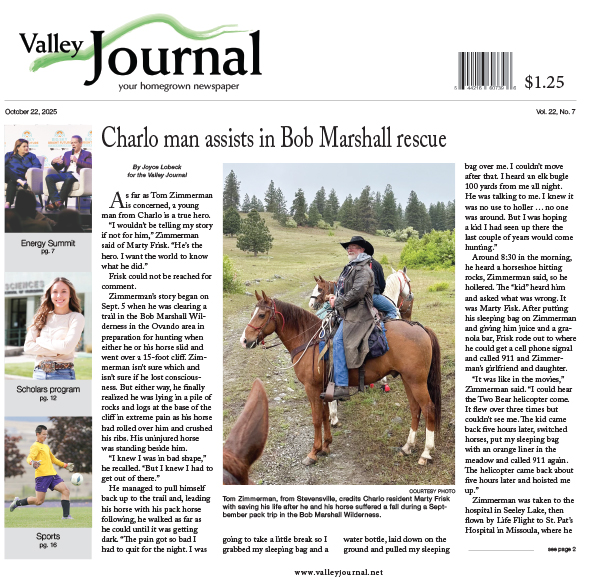SKC students, professor collaborate on research in Maine

Berl Tiskus
Oscar Morales, from the office of chemical safety and pollution prevention of the U.S. Environmental Protection Agency, speaks to audience members during the recent Tribal Environmental Health Summit.

Berl Tiskus
Doug Stevens, SKC department chair, Life Sciences
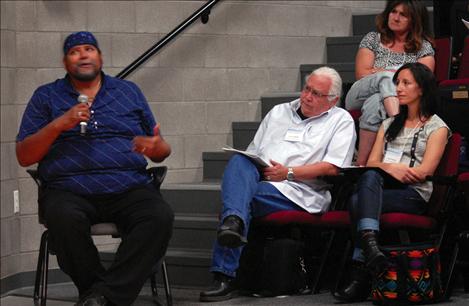
Berl Tiskus
Gerald Wagner, Larry Campbell
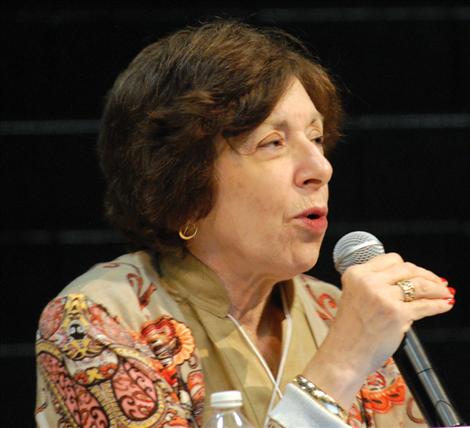
Berl Tiskus
Linda Birnbaum, director, National Institute of Environmental Health Sciences
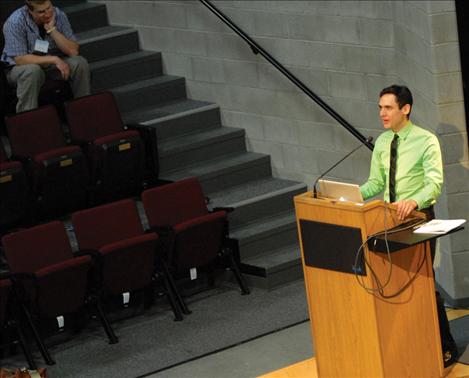
Berl Tiskus
Trey Saddler, SKC student
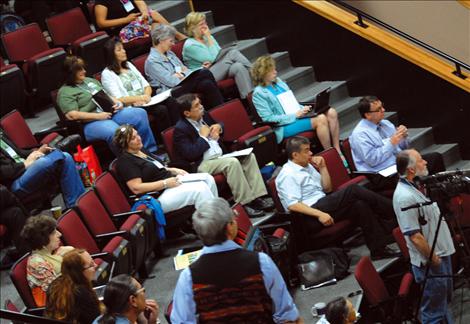
Berl Tiskus
Issue Date: 7/2/2014
Last Updated: 7/1/2014 4:37:53 PM |
By
Berl Tiskus
Keep Reading!
You’ve reached the limit of 3 free articles - but don’t let that stop you.















